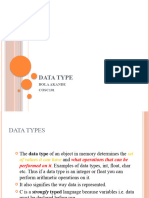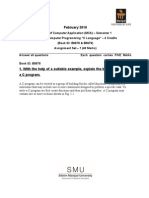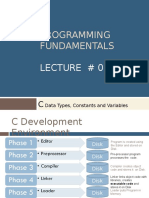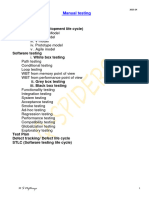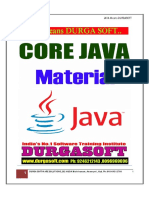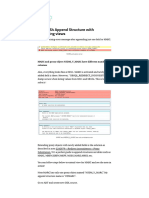0% found this document useful (0 votes)
19 views70 pages1introduction To C and Datatypes
The document provides an overview of C programming, including essential books, compilers, and the basic structure of a C program. It covers key concepts such as preprocessor directives, data types, variables, and functions like printf and scanf. Additionally, it explains the rules for identifiers, keywords, and the importance of comments in code for clarity and debugging.
Uploaded by
legend.gunajCopyright
© © All Rights Reserved
We take content rights seriously. If you suspect this is your content, claim it here.
Available Formats
Download as PDF, TXT or read online on Scribd
0% found this document useful (0 votes)
19 views70 pages1introduction To C and Datatypes
The document provides an overview of C programming, including essential books, compilers, and the basic structure of a C program. It covers key concepts such as preprocessor directives, data types, variables, and functions like printf and scanf. Additionally, it explains the rules for identifiers, keywords, and the importance of comments in code for clarity and debugging.
Uploaded by
legend.gunajCopyright
© © All Rights Reserved
We take content rights seriously. If you suspect this is your content, claim it here.
Available Formats
Download as PDF, TXT or read online on Scribd
/ 70













